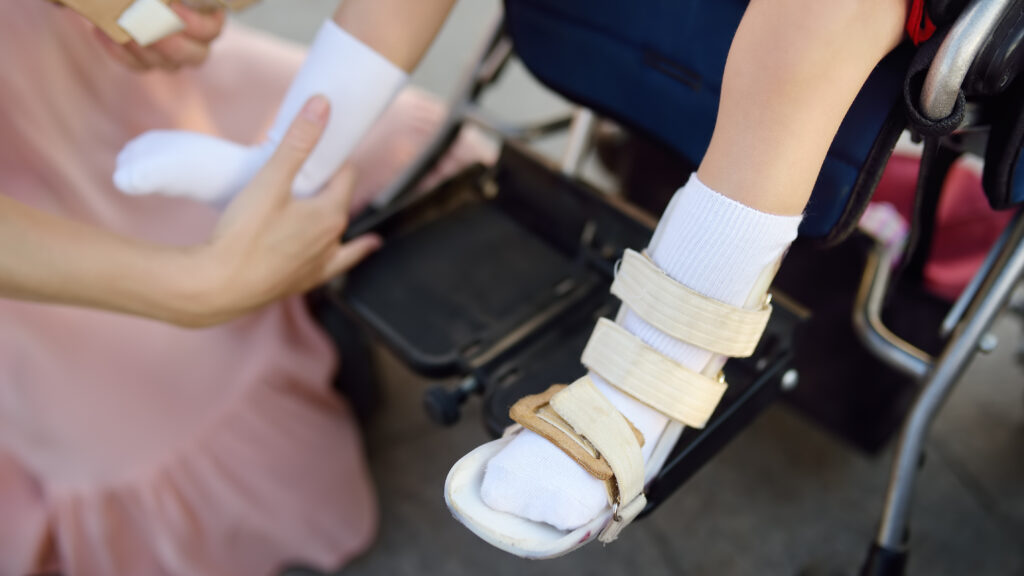When our son Peter was diagnosed with an ultra-rare form of muscular dystrophy at the age of 10, the first question we asked was: Is there a treatment? The answer was no. By the time our daughter Maggie, then just 6, received the same diagnosis, that answer hadn’t changed.
We soon learned that our situation is tragically common. As many as 30 million Americans live with some type of rare disease, defined as a disease that affects fewer than 200,000 people. About two in three of whom are children. In approximately 95% of cases, the rare disease in question lacks any approved treatment, much less a cure.
advertisement
Imagine our shock when we discovered that many of the barriers to discovering rare disease treatments aren’t scientific, but economic. Because these conditions affect so few people, the financial risks and logistical challenges of developing rare disease therapies — also known as orphan drugs — are often prohibitive.
Lawmakers in Washington can help address this problem right now by reauthorizing a federal program that incentivizes pediatric rare disease research. That program, known as the rare pediatric disease priority review voucher program, is set to expire in September. Without swift action by Congress, the difficult task of curing and treating rare childhood diseases will get even harder.
The business of researching, developing, and ushering a new cure through FDA approval is extremely challenging. It costs upward of $2 billion to bring to market a single successful drug, largely because every successful medicine has to pay for the failures before it. Only about 10% of candidate medicines that enter clinical trials ever make it to the market.
advertisement
When the market for a new drug is small — as it is with all rare diseases — the odds of breaking even are so daunting that most life sciences firms are unwilling to take the risk. It’s this, more than anything, that has held back rare disease research for generations.
Since our children were diagnosed, the two of us have devoted our lives to overcoming this challenge. Our organization, the Dion Foundation for Children with Rare Diseases, is committed to exactly this goal. Thankfully, we haven’t gone it alone: Over the years, Congress has passed a number of important reforms aimed at encouraging more research into rare diseases. One of the great victories of these efforts is the rare pediatric disease priority review voucher program.
Established in 2012, this program awards vouchers to companies that successfully develop medicines for rare pediatric diseases. The vouchers can be used to receive priority review for another of the company’s product, thereby shortening its review timeline, or it can be sold to another company. The money raised from the sale is often used to fund the research and development of other rare disease drugs. Priority review vouchers have attracted an impressive amount of attention and private investment to this underserved area of medical research.
To date, the program has led to the development of nearly four dozen pediatric rare disease medicines. But without immediate action by lawmakers, the program will soon expire. That would be a tragedy for countless children like ours whose only chance at survival is a medical breakthrough.
For parents of children with rare, untreatable conditions, easy answers are difficult to come by. But the rare pediatric disease priority review voucher program is a policy we know works. It has helped bring numerous rare disease treatments into existence. And it has given hope to millions of children and their families that a game-changing new therapy for their disease might be just around the corner.
Joe and Courtney Dion are the parents of two children with limb-girdle muscular dystrophy 2C and the founders of the Dion Foundation for Children with Rare Diseases.

